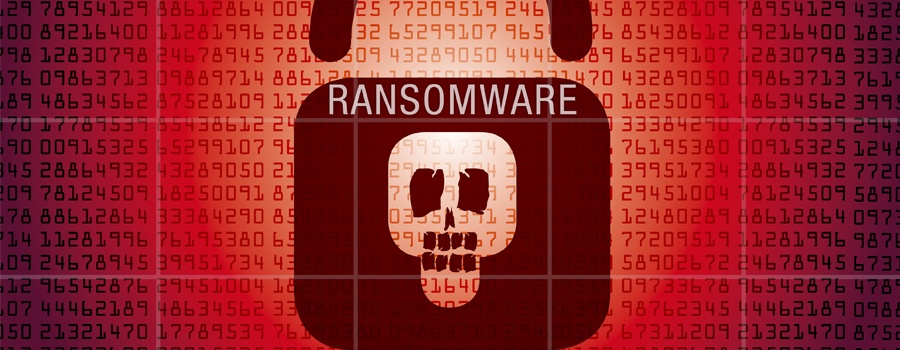Tag: cyber
-

Alabama Legislature Considers State Law on Cybersecurity
At the time of the writing of this article, Alabama is one step closer to having a law on the books related to cybersecurity. As one of only two states without a state data breach law, Alabama is considering legislation that requires certain entities, “covered entities,” to report to state agencies and affected individuals when…
-

Cyber Security: Five Common Phish Attack Schemes
Hackers only need you, that’s right just you. They are sneaky and know the general population is busy and doesn’t pay close attention to the emails they receive. Hackers know people are comfortable in their daily habits. They exploit this behavior by creating email scenarios designed to encourage a click. They need just one person…
-

“WannaCry” Ransomware Holds True to its Name
This week, countries around the world faced an unprecedented cyber security attack. On May 12, 2017, the Critical Infrastructure Protection Lead for the Department of Health and Human Services Laura Wolfe first reported it as a “significant security issue.” Hours later, the Department of Homeland Security’s Computer Emergency Readiness Team warned the public of a…
-

Managing Your Practice: Is Your Practice Cyber Secure?
With the increased use of technology in health care comes the increased risk of cyber attacks and cyber liability, as well as regulatory investigations, fines and penalties. Anything created, stored or transmitted electronically is at risk of being compromised by an innocent mistake or – worse yet – maliciously stolen by a criminal. According to…